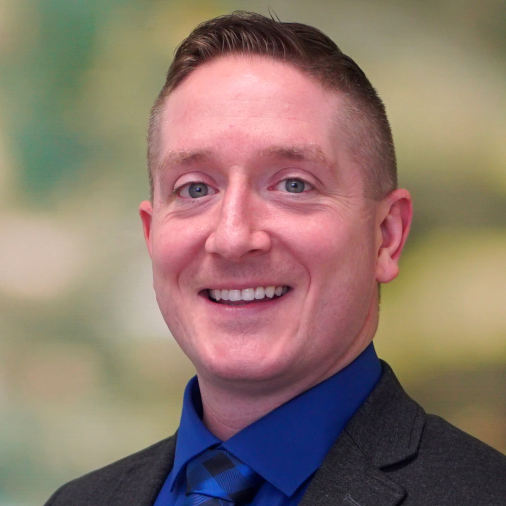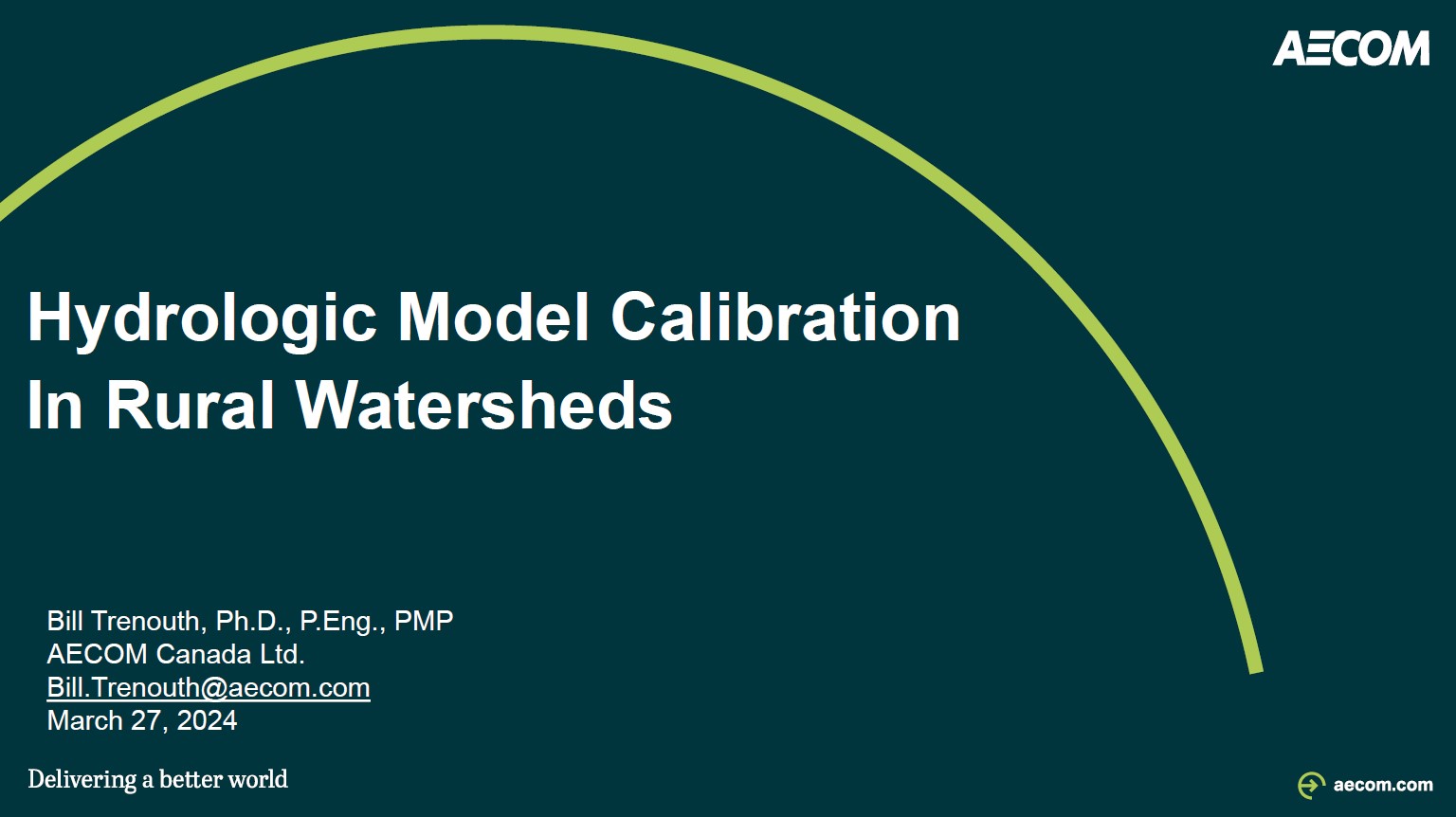TRACK 1, DAY 2
ABSTRACT
Forget stormy theatrics: maximum annual flows are dominated by moderate rain-on-snow events. The real question is: how do we model – and predict –– these kinds of events?
To answer this question, AECOM and Credit Valley Conservation Authority (CVC) collaborated to calibrate event-based hydrologic models for rural subwatersheds, and through this work we identified that the primary cause of the majority of the largest annual flows in CVC’s rural areas is attributable to rain-on-snow events.
Notably, it’s not just any rain-on-snow; it is the result of specific events that are seasonally timed to generate rapid melting of a ripe snowpack, even if the rainfall itself isn’t particularly large.
There are some instances of some summer rainfall events, however, characterized by high antecedent soil moisture, which rank among the largest flow-generating events observed in rural watersheds.
Using long-term meteorological and flow gauge data it was identified that, for summer events in CVC’s rural subwatershed, peak flows are driven primarily by uncontrolled runoff from impervious urban areas, or alternatively by very large rainfall events in rural areas having moist antecedent conditions. The role of antecedent soil conditions in the conversion of rainfall to runoff was found to be substantial – amplifying runoff ratios three to 10 times in rural watersheds as compared to similar rainfall events preceded by dry conditions.
This work introduced an Antecedent Precipitation Index (API) to quantify and consider the importance of such conditions, and employed regression analysis to adjust the NRCS Curve Number (CN), Initial Abstraction (IA), and Time to Peak (Tp) parameters within the hydrologic models to calibrate and improve model performance.
For rain-on-snow events, our work has identified that the calibrated CN and IA values for rain-on-snow events are notably larger than those for summer storm events, reflecting the difference in the nature of runoff volume in response to factors like frozen ground conditions and saturated soils.
The calibrated Time to Peak (Tp) values for rain-on-snow events in rural watersheds with less impervious area were found to be larger – up to 1.5X larger– compared to summer conditions in the same subwatersheds, indicating longer response times as rain on snow requires additional time for the rain to melt the snow before generating runoff.
Additionally, AECOM observed that, for rain-on-snow events, even substantial rainfall doesn’t necessarily lead to significant flows if the snowpack is frozen, as it can absorb the rain. However, when a ripened snowpack and rainfall coincide, the likelihood of experiencing substantial flows increases significantly and these events can be simulated using joint probability.
Future efforts building on the calibration work completed include the assessment of probable ranges of snowpack and rainfall volumes during rain-on-snow events, the establishment of joint probabilities for design events, and the comparison of resulting flows with flood frequency analyses.
This comprehensive analysis aids in the understanding and prediction of runoff dynamics for both summer and rain-on-snow scenarios, providing valuable insights for effective watershed management and flood risk mitigation strategies for winter periods, which are otherwise very challenging to assess.
ABOUT THE PRESENTER

Bill Trenouth, AECOM
Bill Trenouth is the water resources engineering team leader in AECOM’s London office.
With more than 13 years of industry experience in the water resources sector, Bill has worked extensively on projects related to low impact development (LID) planning and design, hydrologic and hydraulic modeling, LID performance testing and maintenance, Class Environmental Assessments, infrastructure design and channel restoration, stormwater management facility (SWMF) inspections and maintenance, SWMF cleanout tendering, contract administration and construction management, and real-time water quality monitoring.
Bill is also an AECOM-certified project manager, and serves as a Lead Verifier for green infrastructure design within AECOM’s Technical Practice Network.
With a Ph.D. in Water Resources Engineering, Bill also brings a wealth of experience regarding water quality monitoring, biofiltration using soil amendments, stormwater pollutant and nutrient removal, and the design of low-impact approaches to managing drainage from large (400-series) highways in salt-vulnerable areas.

